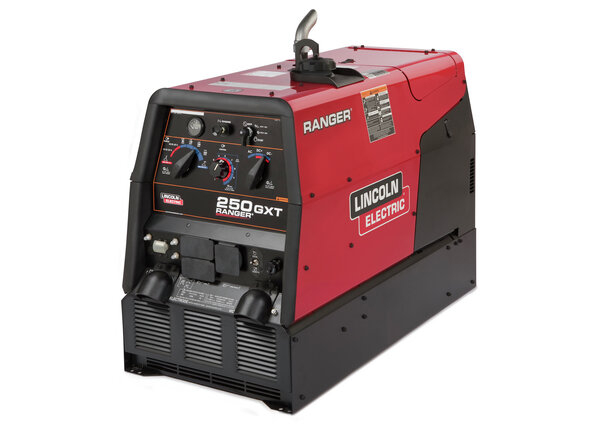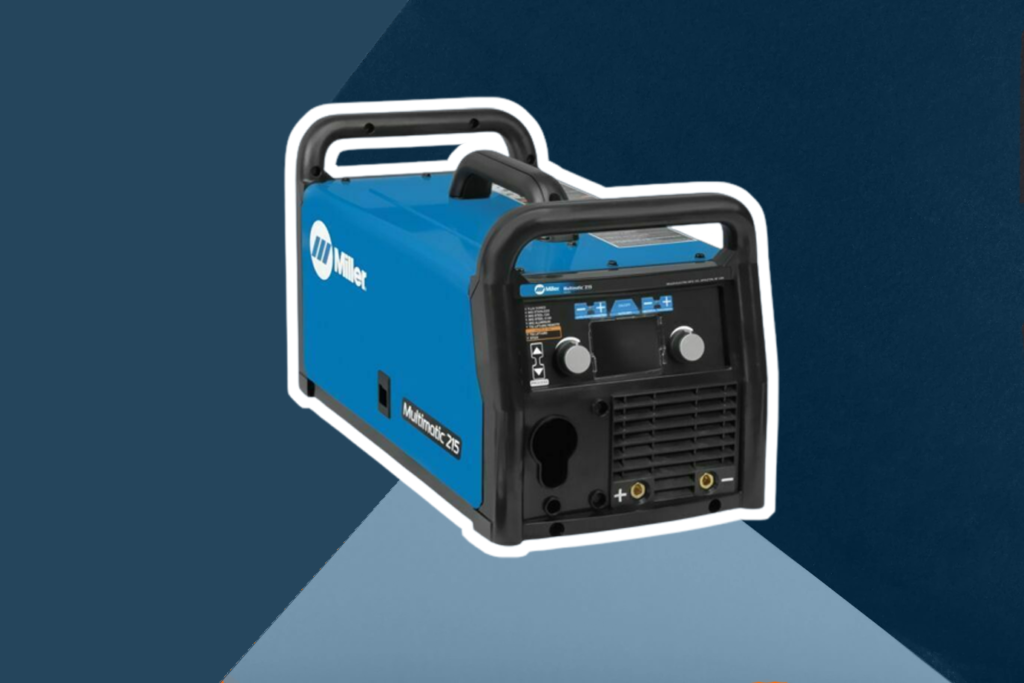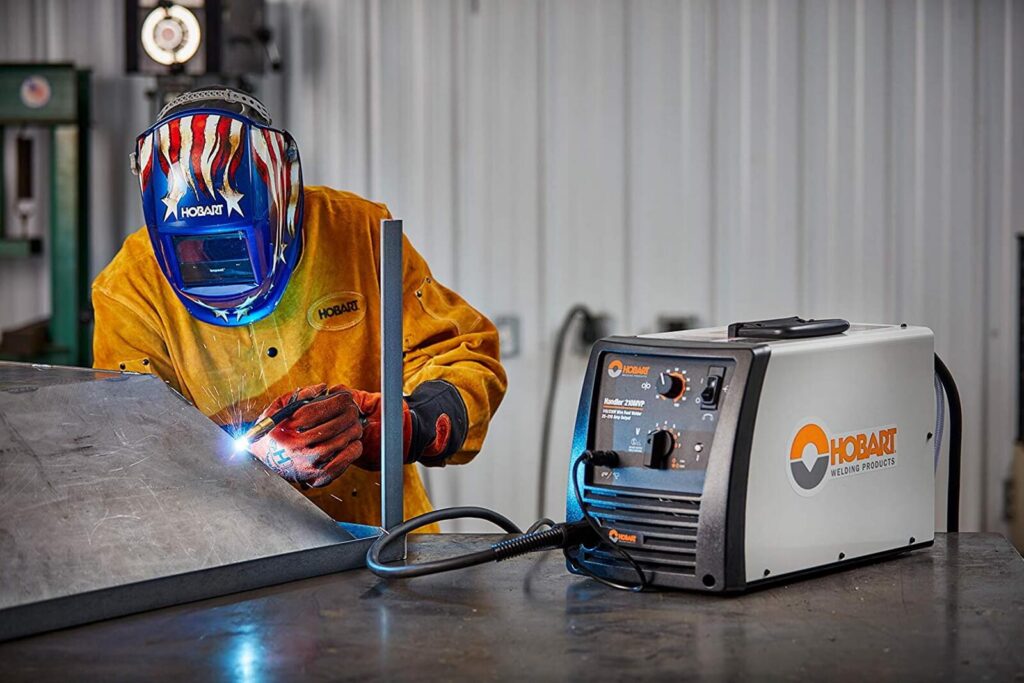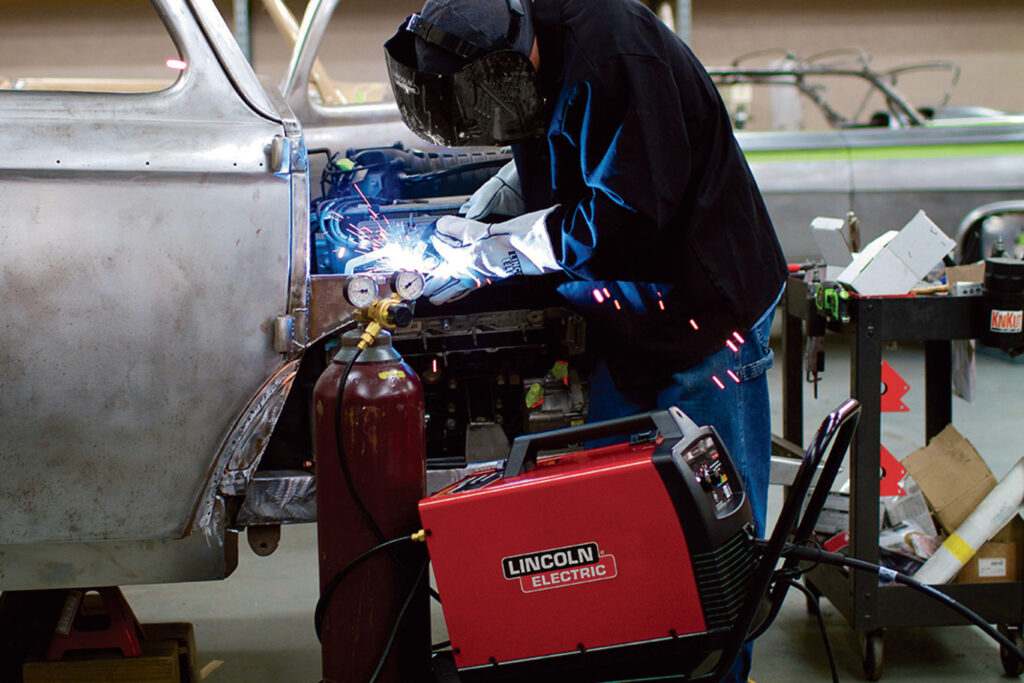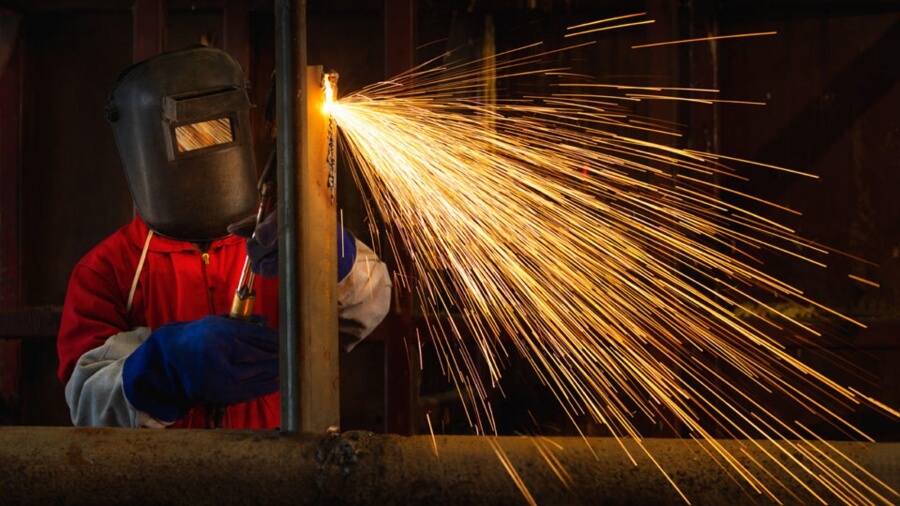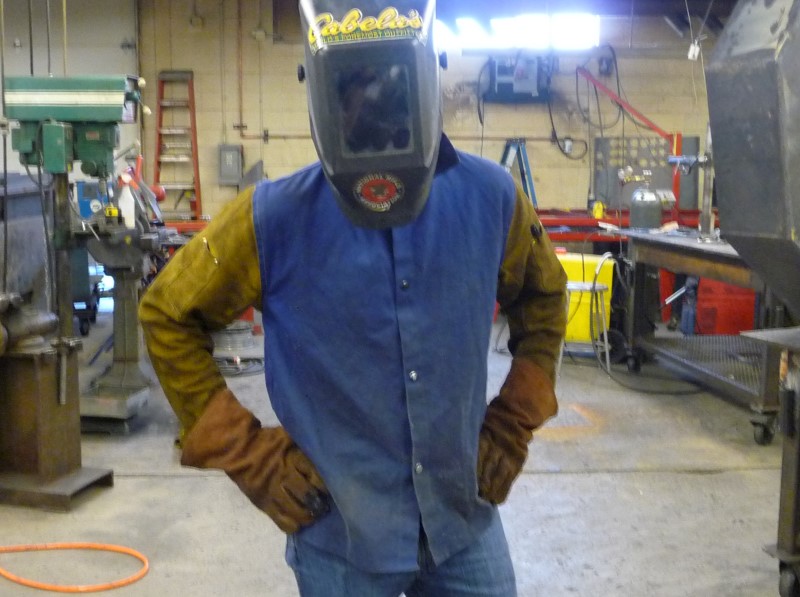

When it comes to welding vs. bolting first thing you should consider is their pros and cons. Some believe that welding is better because it increases the strength of the joint, while others believe bolts are the way to go because they are so easy to use.
This article will dive into the positives and negatives of both welding and bolting to help you find which is the best method for you. Depending on your project, you may side with one over the other, but both do a good job securing pieces together. But which method is best for your project? To know, you will first have to learn a little more about each method.
There are many types of welding processes that can be used to fabricate various types of components. Some of these include gas metal arc welding, shielded metal arc welding, and gas tungsten arc welding. Most processes involve an electrical arc to melt a base material.
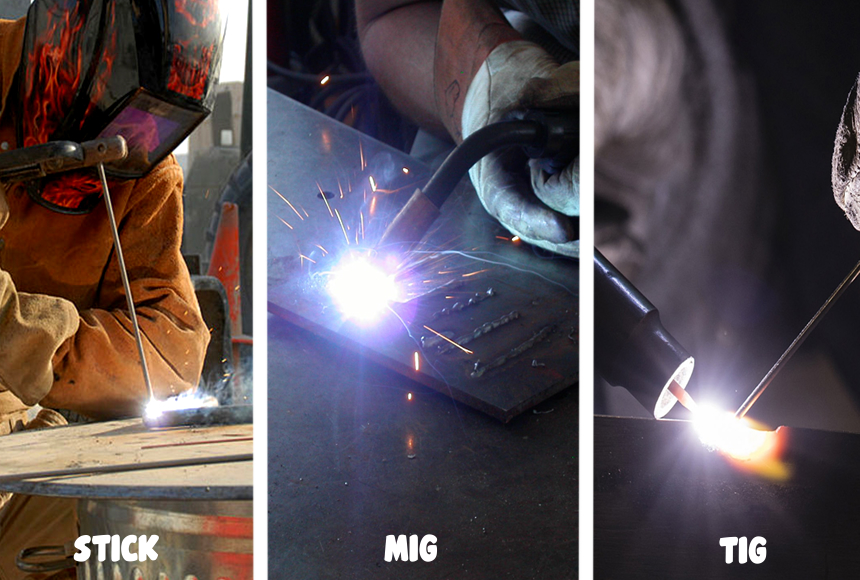
Stick welding doesn’t require the equipment commonly found in MIG welding. Instead, it only has the machine, leads, and an electrode holder. Some wires are designed to be shielded with gas, which prevents the contamination of the weld. Other wires have a flux core and can be used outside.
While it has an edge in precision, TIG Welding can be hard to learn due to its various characteristics. To ease the process of TIG welding, you can get the Weldpro Digital TIG/Stick Welder. It is designed for professionals with a maximum output power of 200 Amps. With its full-function digital display, you have easy access to all the settings and functions, including programmable presets.
Keep in mind that different materials can cause different degrees of heat distortion. For instance, mild steel is more prone to heat distortion than stainless steel. Depending on the gauge and the amount of welding you do, the material’s condition should also be considered.
Make sure the metal is cleaned properly, doesn’t get contaminated, and that the product is not subjected to harsh weather conditions.
Welding can strengthen joints Trusted Source Strength of Joints That Combine Bolts and Welds | Journal of Structural Engineering In steel construction, sometimes bolts and welds must be combined in a single joint. Provisions for the design of these combination joints can be found in existing specifications, but the design rules generally have not been verified by physical tests. ascelibrary.org , but it can also weaken the base material. When done improperly, it can cause excessive stress to the material, which will eventually weaken it. Therefore, it’s essential to avoid welding on top of the weld.
By joining two pieces of metal, the joints created are stronger than with traditional soldering and brazing. This procedure works by using additional filler metal to make the joint stronger.
Different thick materials can be welded together, and this process can be performed anywhere, by anyone or machine.
One of the disadvantages of welding is that it takes time to get to the level of expertise to be able to perform the job properly. If the weld is critical to the structure of a piece of metal, then it may require extensive practice and training to get it done properly.
Below we summarized the main upsides and downsides of welding.
| Pros | Cons |
| Different types of welds | Welder can get burned if not careful |
| Can weld different kinds of metals together | Can’t be taken apart easily |
| Used to strengthen joints | Too much welding on one spot weakens the material |
| Process can be done by anyone | Takes time to learn |
A bolt is a type of fastener that uses machine threads to secure a component inside a nut. There are hundreds of different types of fasteners available.
Permanent and temporary bolts are available. There is also various thread locking compounds that can be used for both semi-permanent and fully permanent components.
The versatility of bolts is one of their most attractive features. They are interchangeable and will fit almost any project.
While welding connections require special skills and training, most people can easily learn how to drill and install bolted connections without much effort.
Most bolts are made to be interchangeable. However, some are prone to loosening over time and require refitting. This is commonly found in moving parts.
While bolts are commonly used, they can be difficult to replace. Also, they can get stripped during installation.
If your material has a thicker base, you might need to use some big bolts. This means that you will need to drill the same size holes.
Just like welding, bolting has its positives and negatives. Depending on the project you are working on and your preference, you may lean towards using bolting vs. welding.
| Pros | Cons |
| They are сersatile, interchangeable | Can strip during use |
| Easy to learn how to use | Loosen over time |
| Hundreds of different kinds | Need to drill different size holes for different size bolts |
| Easier to handle | Joints are not as strong as welding |
There are some of the factors with the help of which you can differentiate these two fabrication processes:
When it comes to choosing between welded vs. bolted joints or connections, it can be difficult to choose the right one. Compared to welded joints, bolted joints are more durable and easier to work with. They can also help save time when it comes to repairing issues.
Although bolted joints are generally cheaper than welded joints, they can also be more economical when used efficiently. In terms of project efficiency, however, they can be a bit more costly.
There are a lot of projects that will allow you to perform MIG welding quickly. Some of these include building a workbench for the back of a truck, fixing a broken vice, and fixing old exercise equipment. You may like the Hobart Handler 140 MIG Welder as it is a highly versatile metalworking machine. It also has the ability to weld all types of metals, including aluminum, stainless steel, and even cast iron.
When it comes to welding, the arc comes from the trigger pull of a welding gun, and a metal filler is deposited into the machine’s tip. Bolts screw into a nut.
The materials and costs for welding and bolting can differ. This is due to the project and if you decide to pay someone to do it for you or do it yourself. There are some reasons for the price difference:
Although the cost of making a bolted joint is usually higher than a welded one, it’s cheaper to produce a bolted joint due to its use of less expensive material.
Welded joints tend to cost less, but certified welders may charge higher prices. This could make them more costly in the long run. They also require more time to complete their work.
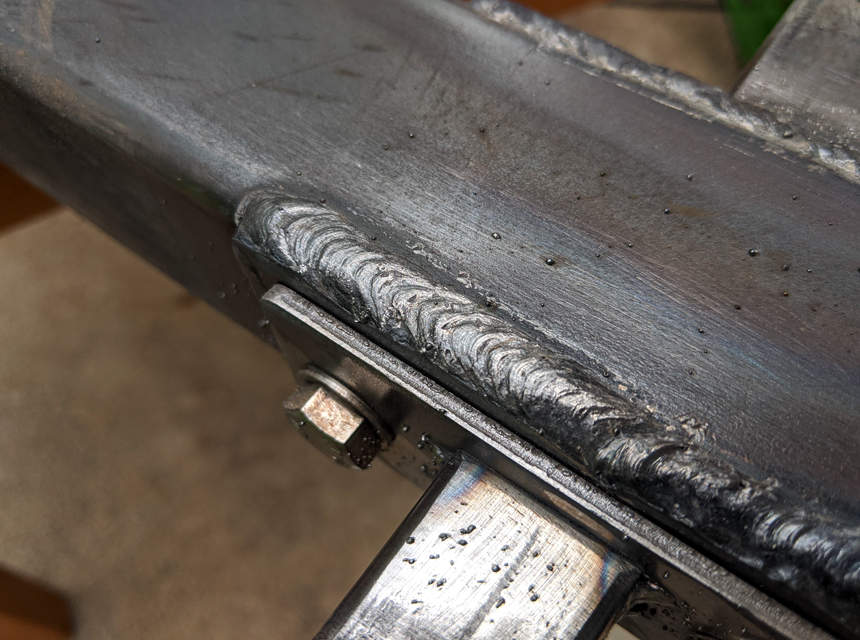
When it comes to bolts vs. welding strength of joints Trusted Source Ultimate Strength Capacity of Welded Joints in High Strength Steels | ScienceDirect High strength steels are nowadays used in a wide range of weight lifting applications, e.g. spreaders and cranes, where there is a demand on lightweight design of these structures with increased structural performance where the welds become more sensitive to failure. www.sciencedirect.com , it can be easy to say that welding will win every time. But sometimes, in steel construction, joints must be combined with bolts and welds. Although there are provisions for these types of combination joints, they are not always verified by physical tests.
Studies involving the use of full-scale tension-lap splices were combined with high-strength bolts. It revealed that the orientation of the bolts and their bearing condition are important factors that should be considered when performing combination joints.
Though bolted joints are more advantageous in terms of cost, they tend to be more welding-efficient due to their lack of holes.
The process of making these components is the most crucial factor when it comes to choosing a welding joint. Although bolted joints may offer simplicity, they tend to provide better overall efficiency.
If you are building something at home, then you may want to consider bolting some of the components rather than welding. Bolting allows you to remove components when needed easily.
Permanent fasteners and rivets are also helpful when welding on electrical connections. These components can be used if the job has the potential to damage other materials such as paint or electrical components.
Aside from being able to wear the appropriate equipment, safety also comes into play when it comes to welding. This includes the proper equipment and clothing for the job.
Welding can burn your skin and eyes. It can also cause carcinogenic fumes. Make sure that you are in a properly ventilated area and wearing a mask when welding. You will need to experiment with different solutions to find the one that fits your needs.
Welded joints can be more rigid than bolted joints because of the continuity of the cross-section. Bolted joints, however, are connected at angles or with plates. This allows for flexibility and load transfer. This is why bolted joints allow for more movement without as much structural stress.
| Bolts | Welding |
| Easier to use and interchangeable | Can create stronger joints |
| Uses fasteners | Uses heat to blend materials together |
| Safer to use | Is safe as long as you are wearing safety equipment |
| Process is simpler | Process can take some time to learn |
The debate over which to use may go on forever. While welding allows you to join two different materials together, bolts go together with nuts as simply as turning your key in your front door. You can look at their negatives, bolting vs. welding strength, or how safe it is to use them, but overall, welding and bolting perform the same task in different ways. If you are looking for the cheapest way to join something together, you may want to take your project into account. After that, you should be able to make your decision.
One process uses fasteners, while the other uses heat to combine two materials together. If you are putting a rack together in your basement, bolts may be the better choice. If that rack is in a warehouse, welding it to another rack may prevent it from toppling over. We hope this welding vs. bolting article will help you to make the right decision!
